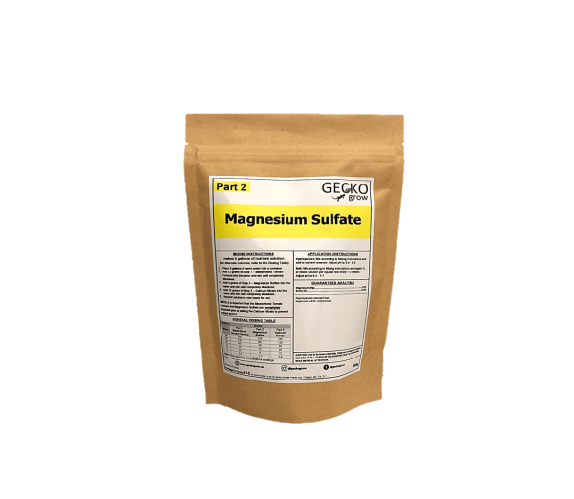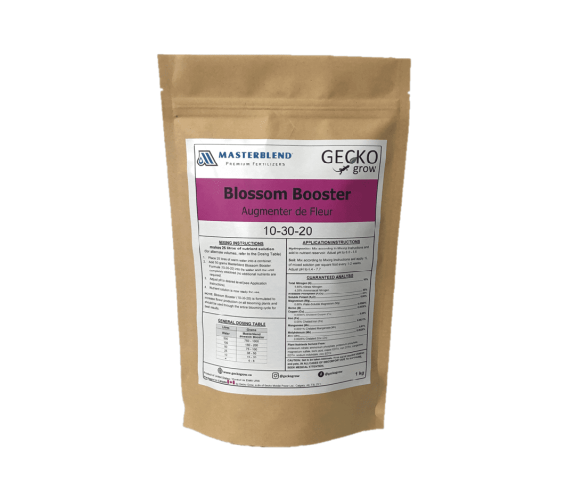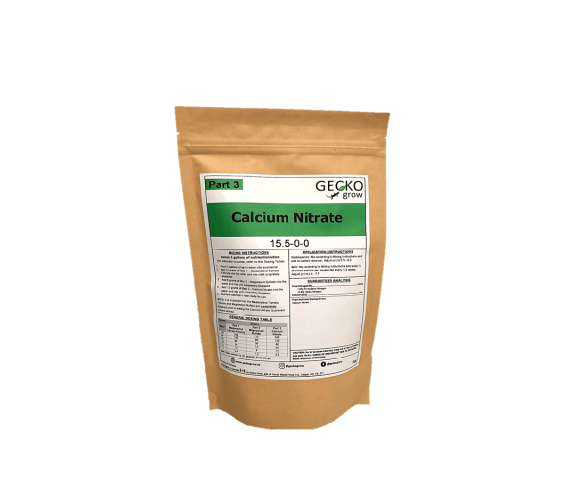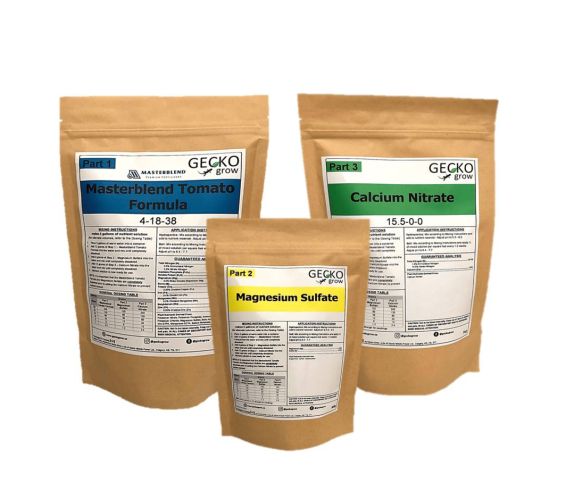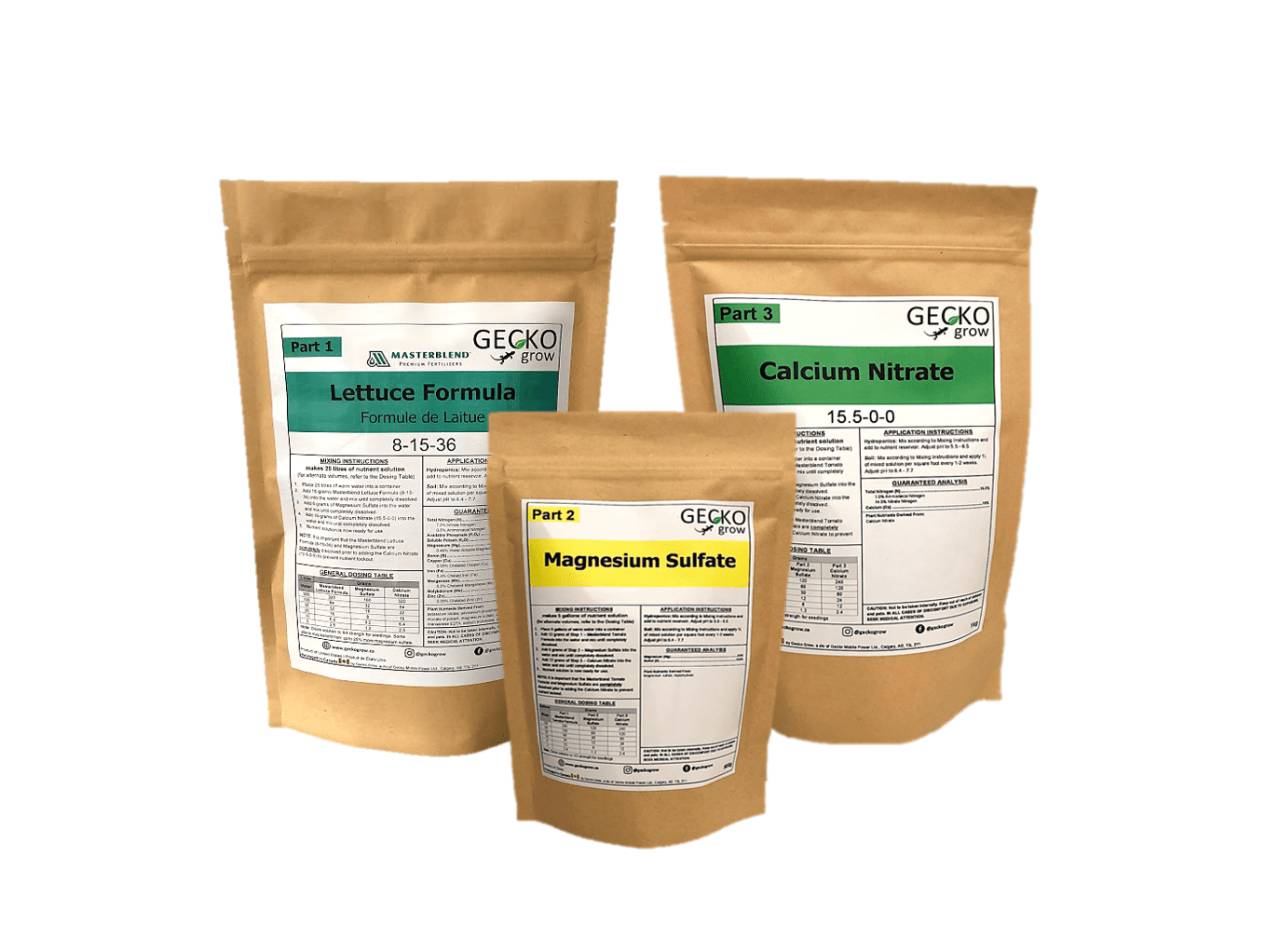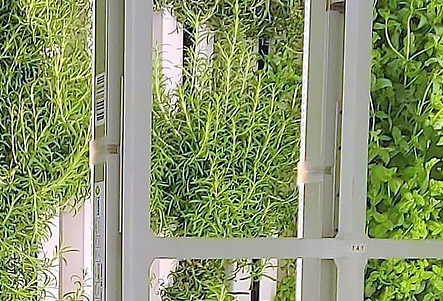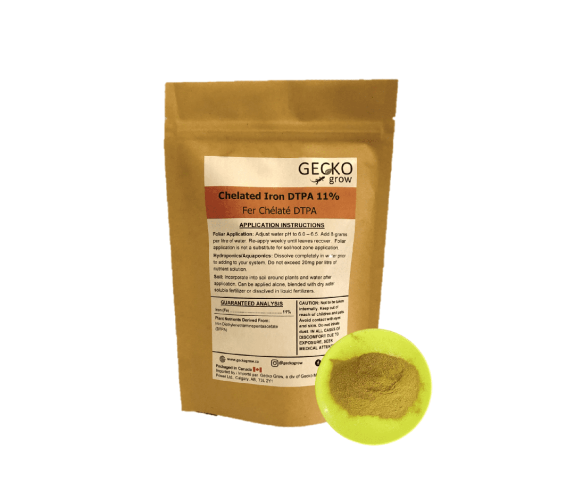Frequently Asked Questions
What are the essential tools and supplies needed for indoor hydroponic gardening?
Essential tools and supplies for hydroponic gardening include growing trays, hydroponic flood basins for flood and drain systems, pH and EC meters to monitor nutrient solutions, plant collars for support, and various hydroponic growing media such as coco coir, perlite, and Rockwool cubes. LED grow lights and hydroponic nutrients are also crucial for optimal plant growth.
How do I choose the right size of growing tray for my hydroponic system?
The right size of the growing tray depends on the scale of your operation and the space available. The 10” x 20” gardening tray is versatile for various plant types and hydroponic setups. It’s essential to ensure that the tray fits well within your grow space and can accommodate the number of plants you plan to grow.
What are hydroponic growing plugs, and how are they different from traditional growing media?
Hydroponic growing plugs are soilless media specifically designed for hydroponic systems. They are clean and sterile and provide the ideal environment for germination and root growth. Unlike traditional soil, these plugs allow for better control over moisture and nutrients, leading to more efficient plant growth.
Are there any environmentally friendly options available for hydroponic gardening supplies?
Yes, environmentally friendly options include coco coir, which is a sustainable and renewable byproduct of the coconut industry, and perlite, known for its superior aeration and drainage properties while being cost-effective and easy to use. These eco-friendly options help reduce the environmental impact of gardening.
What is hydroponic gardening, and how does it differ from traditional soil-based gardening?
Hydroponic gardening uses water and mineral nutrient solutions to grow various plants without soil. This technique allows plants to grow faster, with higher yields and less space and water than traditional soil-based gardening. It provides precise control over nutrients and environmental factors.
How do I know which hydroponic parts and supplies are compatible with my specific setup or system?
To determine compatibility, consider the type of hydroponic system you have (e.g., NFT, DWC, ebb and flow) and the requirements of your plants. Check product specifications for compatibility details or consult with experts who can advise based on your specific system and goals.
What are the basic components of a hydroponic system, and how do they work together to support plant growth?
The basic components of a hydroponic system include a pump to circulate water, a reservoir to hold the nutrient solution, grow trays or net pots to hold the plants, and an air stone or diffuser to oxygenate the water. These components work together to ensure that plants receive the nutrients they need and oxygen to thrive in a soil-free environment.

